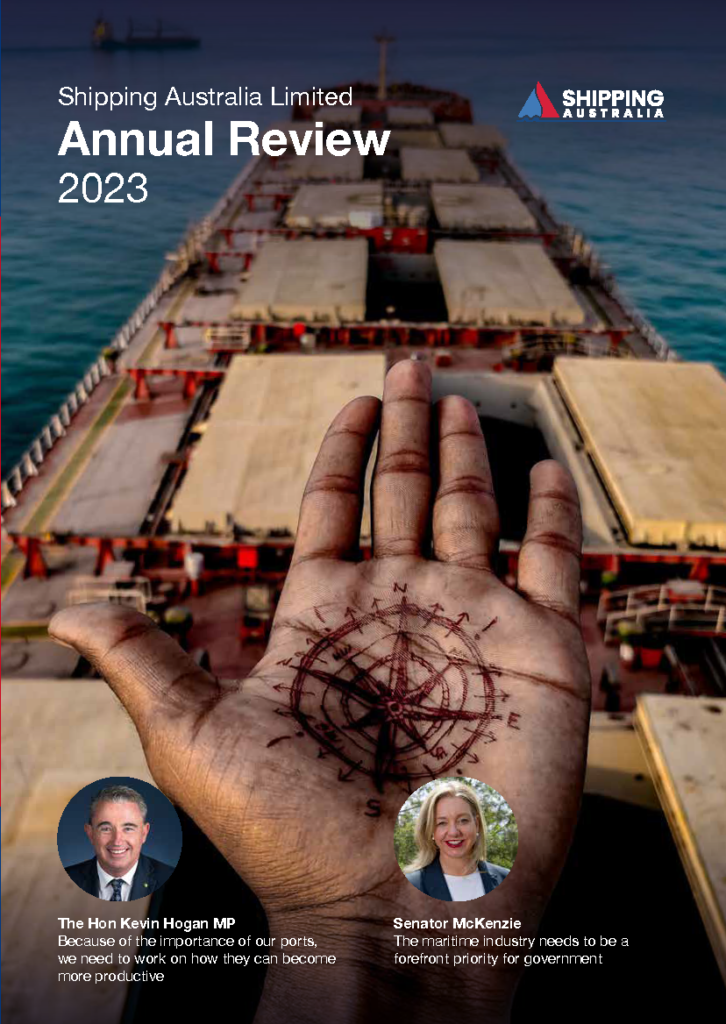
Following the recent ‘Australian Imports: Which Consumer Goods Are On The Rise?’, Shipping line, ANL, took the opportunity to analyse the decreasing trends in consumer commodities from January to June 2020 against the previous averages volumes.
Largely derived from the global pandemic, consumer goods seeing a reduction in imports included games and sporting equipment, homewares as well as footwear and headgear.
Games, Toys & Sporting Goods
In the first six months of 2020, this commodity group took a decline of -26% in comparison to previous average volumes. With the social and physical challenges presented by COVID-19, sporting events at international, national, regional and local levels have either been cancelled or postponed (1). This has not only presented limitations at a professional level, but also for those in related retail and sporting services industries connected with leagues and events (1).
From a toy and sporting goods perspective, the industry experienced weaker revenue due to projected declines in demand from downstream markets (2). The global pandemic also affected the availability of products which are largely sourced from overseas markets, like China (2). However, these implications have been faced over the past five years, as consumer preferences have largely shifted from traditional toys and sporting goods towards electronics, computer games and gaming consoles which are considered separate to both the industry and commodity type (2).
In comparison to January to June 2019, the Group saw a downturn of approximately 1,000 shipments, resulting in a decrease of 37%. Some of the sub-categories largely affected by this included fishing reels and rods, festival/carnival equipment, tennis rackets and equipment, golf clubs and equipment, ice skates/roller skates, ski equipment and more. As outlined earlier, the limits applied to outdoor recreation implemented as a result of the pandemic presented a broad barrier around the flexibility of outdoor sports, resulting in decreased demand from January to June 2020 respectively.
Homewares
While we had seen a spike in home renovations during lockdown within Australia, research confirms that consumer investment toward premium, personal and/or ‘luxury’ products contracted dramatically, with homewares falling -17%.
Moving away from ‘optional’ items and experiences such as holidays and travel, concerts and cinemas, luxury products, jewelry, footwear and accessories, make-up and clothing (3), we have seen a shift in consumer mindset towards more regularly used items including groceries, apps and games, household cleaning and home repair products (3).
Zip co-founder Peter Gray said, ‘The big factor affecting numbers was the end of financial year sales,’ reinforcing the value-conscious approach that customers have adopted over the duration of the pandemic (4).
While homewares fell 17% when compared to average years this is in stark contrast to the trend in the last 12 months where we saw a 25% uptick in imports of homewares. As consumers have redefined their spending habits this year towards ‘essential’ items due to factors such as usability, value, preference and income, items like porcelain goods, tableware, kitchenware, household refrigerators and combined refrigerated freezers weren’t as high in demand in the first six months of 2020.
Footwear & Headgear
Alongside the reduction in recreational activity such as community sports and accessibility to leisure centers, gymnasiums due to the pandemic, this too saw a 19% decrease in demand for footwear and headgear ranging from tennis and basketball shoes through to helmets and knitted/crocheted goods.
According to the Financial Review, supermarket and grocery store scanner data collected by the ABS showed monthly retail turnover for non-perishable goods fell 23.7 per cent after having risen 39 per cent during the March ‘bulk-buying’ (5), while turnover of all other products plunged 24.5 per cent after a 30.5 per cent rise in the same month (5). These falls affected numerous sectors but largely impacted cafe/restaurant services as well as clothing, footwear and personal accessories retailing.
Deloitte Access Economics partner, and Retail Forecasts principal author, David Rumbens, said: “2020 has been a tumultuous year for retailers. We’re not even halfway through, but across the whole sector we expect calendar 2020 to register a record-breaking fall in real retail sales. (6)
After a surge in growth over the March quarter, retail spending was expected to contract by 4.0% in the June quarter as the COVID-19 outbreak and associated restrictions limit spending (6).There have also been significant swings in consumer ability and willingness to spend during 2020, and those swings are forecast to continue as the year goes on (6).
From a Group import perspective, the commodity of footwear and headgear saw a decrease of over 600 shipments and a downturn of approximately 34% in comparison to January to June 2019, highlighting the shift in consumer mindset towards ‘essential’ buying, defined by financial and environmental limitations.
This article was contributed by ANL & CMA CGM Group Agencies (ANZ), a subsidiary of CMA CGM, which is a Shipping Australia full member.
References:
1.https://www.un.org/development/desa/dspd/2020/05/covid-19-sport/
2.https://www.ibisworld.com/au/industry/toy-sporting-goods-wholesaling/386/
3.https://www.afr.com/companies/retail/luxury-is-so-last-year-as-consumers-do-without-20200718-p55dc9
4.https://www.afr.com/policy/economy/melbourne-outbreak-to-hit-spending-recovery-20200701-p557xa
5.https://www.afr.com/policy/economy/retail-trade-falls-a-record-17-9pc-in-april-20200520-p54unj
6.https://www2.deloitte.com/au/en/pages/media-releases/articles/retail-forecasts.html


